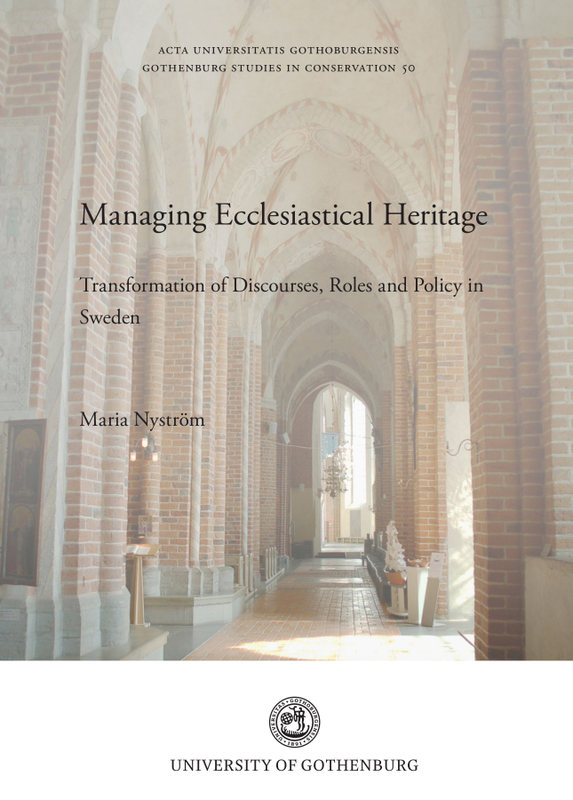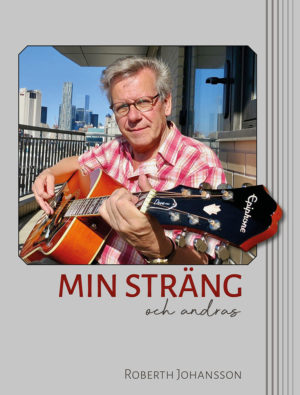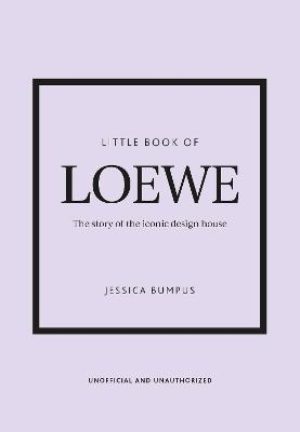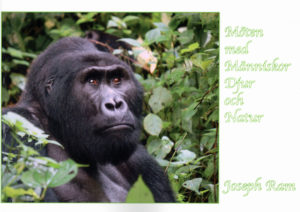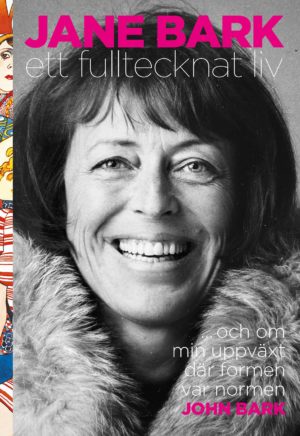Religious heritage is in a state of transformation. Changing religious practices and secularization affect the established Christian congregations in many countries, as membership decreases and churches close. During recent years, new approaches to use and develop churches have been explored by the heritage field and the Christian congregations. A parallel development in heritage theory and policy focuses on broad definitions of heritage and questions the position of the heritage expert. In Sweden, the ecclesiastical heritage has a prominent position through heritage legislation and the shared management model of the State and Church. Departing from two case studies of projects that explore new approaches to heritage management, the purpose of the thesis is to describe how ecclesiastical heritage is constructed and understood by public heritage institutions and the Church of Sweden. In addition, the thesis aims to describe how professional and institutional roles and responsibilities are constructed and understood within the field. The case studies cover two contemporary projects involving the built ecclesiastical heritage in Sweden: the Cathedral Hill Project in Strängnäs and the Hamra Project in the village of Hamra. The projects unite actors from the public heritage field and the Church of Sweden and aim to develop and extend the use and management of the church. Adopting a qualitative approach, the material consists of interviews with key actors, documents, and observations of the case studies. Synchronic discourse analysis is applied to identify discourses on heritage and understand the roles of the actors. The results reveal parallel discourses on heritage among the actors, which are constructed through coinciding and conflicting values on the management of the past. Conflicting values may be negotiated to reach consensus, while different interpretations of governing frameworks and objectives cause tension between actors. The institutional roles and responsibilities of the key actors provide different capacities to incorporate policy strategies in practice. Despite the difficulties of balancing the objectives of the organizational framework of public heritage management, the actors use the available resources and tools to transform the boundaries of their institutional roles from within.
